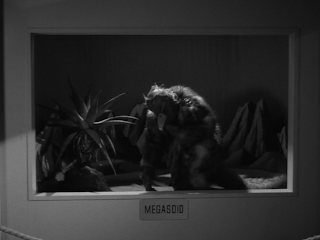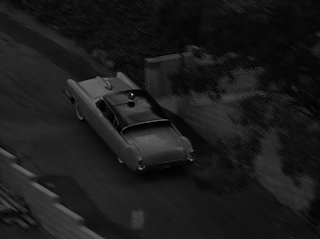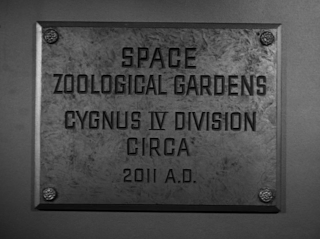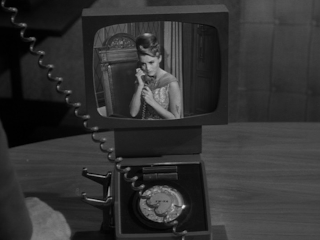The North Ray Anomaly
of Apollo 16, or...
The date was April 23, 1972. It was a weekday in the very late afternoon, and I had just come home from a day at St. Mary's High School in St. Louis, having come home on the city bus which runs along Grand Avenue, and walking the remaining city blocks to my house. There was no one in my living room, so I took advantage of the my privilege to TV program selection (my older sisters usually controlled the TV set). The TV set was in the corner of my family's living room. It was a compact color set, which sat on top of an older wood black and white TV cabinet. The black and white TV set didn't work, but from where it sat in the living room, it did work back in July of 1969, when I watched with my family the first steps of Man on the Moon during Apollo 11.
The Most Trusted Man in America - Walter Kronkite of CBS News
That first historic Moon mission, and every Apollo mission before and after, was extensively covered by CBS news, hosted by their distinguished veteran news anchor, Walter Kronkite. Some praise should be acknowledged toward Mr. Kronkite, for all of the time he took covering all of the Apollo Missions for CBS News from beginning to end, even though the other networks dropped covering them and ran their regular programs instead.
Back to the story. The particular coverage that CBS News was covering that April afternoon was the 3rd and last EVA of the Apollo 16 astronauts, who were stationed on the Moon for the past few days. This is the second Apollo Moon Mission to feature a new piece of equipment the astronauts would use on the Moon - the Lunar Rover, an electric battery powered vehicle for expanding the diameter of Lunar EVAs from the landing site. The Rover also is equipped to transmit TV signals directly to Earth, from a TV camera on the Rover, that uses a motorized mount remotely controlled by NASA on Earth.
During this live NASA TV transmission, I was presented with what seemed at first to appear like a normal lunar EVA. Mr. Kronkite may have made a comment that the astronaut was preparing a rack of fabric compartments on the Lunar Rover for containing rock samples. And I did see the rack in front of the astronaut, but then things took a sudden mysterious turn. All CBS commentary went totally silent. Silhouetted against the lunar sky behind the astronaut was a distinct square shape. Having perceived that it was a man made feature, I thought to myself, "How clever - the astronauts constructed a shelter". Then I thought about the weight limit the Apollo astronauts had to work with going to the Moon, and how they could get that much material in the spacecraft.
As I was pondering this, the astronaut quietly turned away from the Rover mounted camera, and started walking away. As he walked away down a steep embankment, the camera panned to follow him (the camera mount was remotely controlled by NASA from Earth). As the camera panned, the object beside the astronaut appeared longer and longer in length - over 100 feet long. The mystery of the object deepened the longer appeared to get. As CBS News broadcast this phenomenon, the TV audio was eerily silent - even the astronauts didn't say anything. But then there was some shouting in the background of the CBS studio, as if there was some commotion, as the full size of the strange Lunar Anomaly was visible to the American public. I couldn't tell what was being shouted off camera, until Walter Kronkite's distinctive voice broke in on his live microphone, and clearly said, "What is that, some kind of a box?" Immediately afterward, the live TV broadcast from the Moon ended, and CBS's TV feed switched to a flat image of the Apollo 16 Mission insignia. After a long commercial break, NASA's live TV feed from the Moon continued, but the camera's setup was completely altered. The TV view's focus appeared to center on a large stone boulder sitting on the edge of a crater (this boulder would be later known as the "House Rock" in North Ray Crater). None of the CBS news commentary, by Walter Kronkite or anyone else, ever reflected back on what they saw before the commercial break - the whole incident was abruptly buried.
Whatever it is, it's been there for a very long time,and it's still there now.It seems unlikely we will ever findan answer to Walter Cronkite's enigmatic question:
"What is that, some kind of a box?"


















